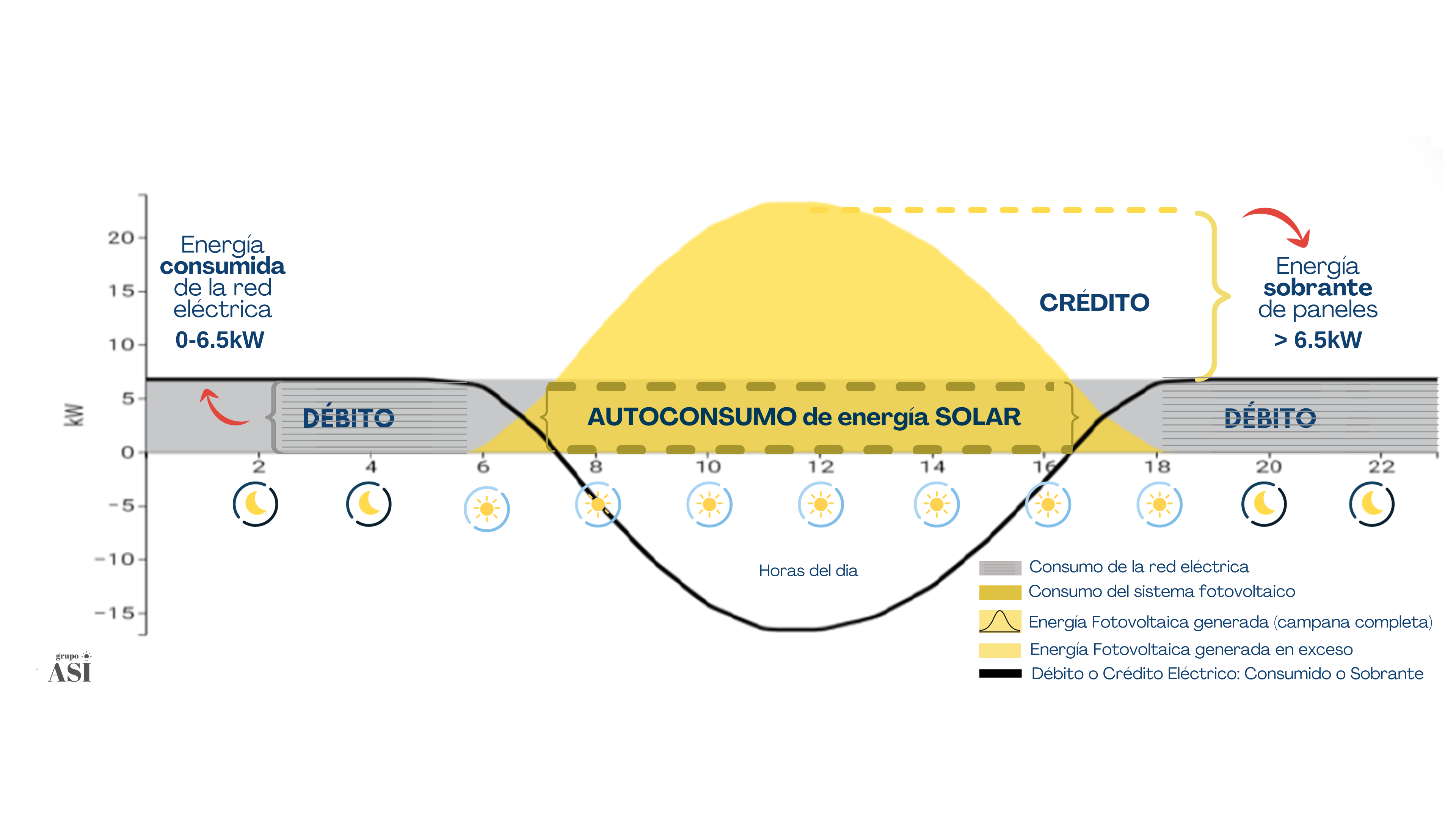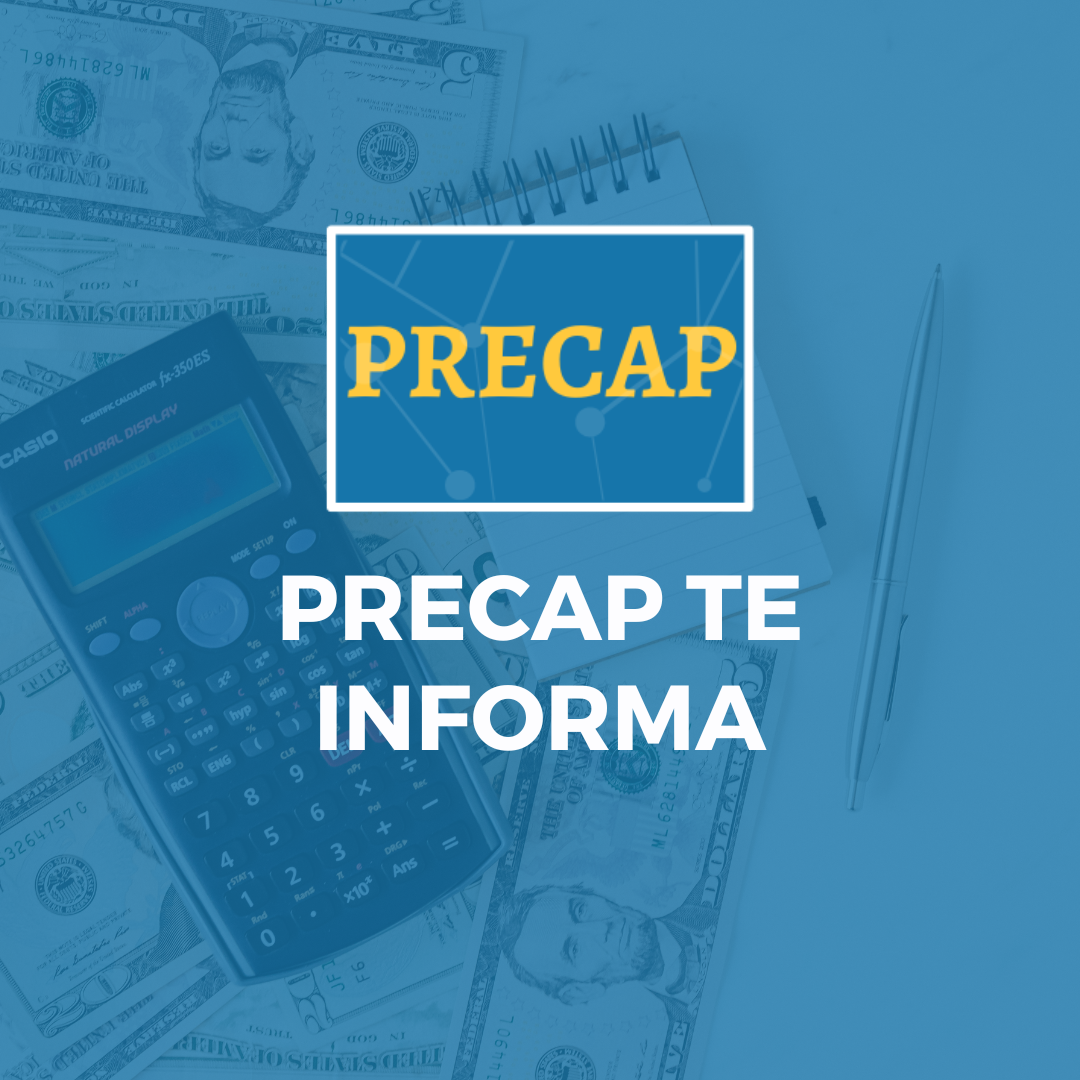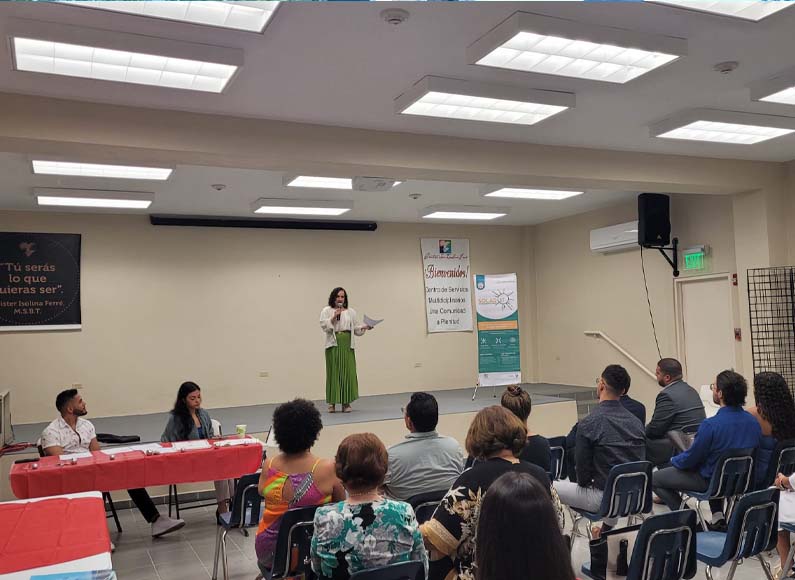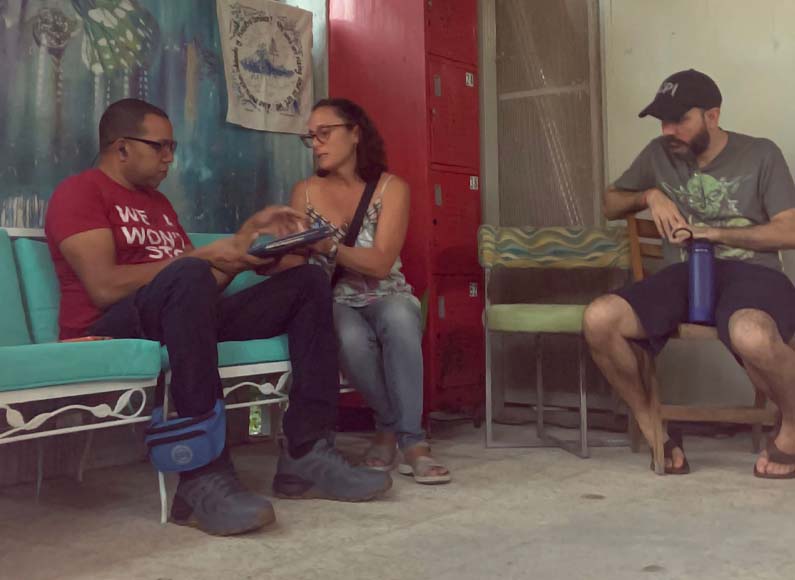The net metering program allows solar system owners in Puerto Rico to generate electricity from renewable sources, such as solar panels, and receive credit for excess electricity generated to the local power grid.
In Puerto Rico, net metering is regulated by the Puerto Rico Energy Bureau (PREB) and was developed under Law 114 of 2007. Specific regulations can change over time, so it’s important to check current regulations before installing a solar energy system.
Requirements to qualify for net measurement.
The capacity of a solar energy system in Puerto Rico is limited to a certain percentage of a customer’s electrical load. This means that solar systems that are significantly larger than the customer’s energy needs cannot be installed. To be eligible for net metering, the following is required:
- Possess a generating capacity of no more than twenty-five kilowatts (25 kW) for residential customers and one megawatt (1 MW) for commercial, government, industrial, or agricultural customers, or educational institutions.
- Be installed by a licensed engineer or a licensed electrical expert, both collegiate and, in accordance with the provisions of Title 20.
How does Net Metering work?
The amount of direct current produced by solar panels varies constantly depending on the intensity of the sun, the time of day, and weather conditions, among others. At night, photovoltaic systems do not generate energy, and when the day is cloudy or raining, the photovoltaic system does not produce enough energy to supply the equipment on the property, so you must supplement those deficits with current from Puerto Rico’s electrical system, or using energy stored in batteries. In return, homeowners receive credits on their electric bills for the energy they inject into the grid.
Figure 1 below shows the typical behavior of solar energy production in a property with photovoltaic system. During night hours or periods with little sun, energy is consumed from the electricity grid and a debit is made (gray block) since energy is being imported from the network. Once the sun rises and the photovoltaic system begins to produce electricity, part of that energy produced is consumed by the equipment and belongings of the property. That is what is known as self-consumption (golden yellow block). When the PV system produces more electricity than the home or business consumes, that energy is exported to the power grid and a credit (yellow bell) is produced. The credits are measured daily with a bidirectional meter and, based on the monthly accumulated, the electricity grid offers an energy credit on the customer’s monthly bill at the same value per-kilowatt hour of the market.
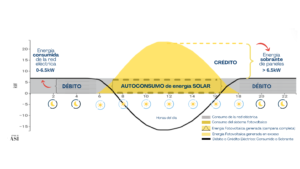
Figure 1 Typical example of battery-free net metering credit and debit behavior
Surpluses at the end of the fiscal year
Solar system owners can receive credits for the energy they generate in excess of their annual consumption. After the one-year fiscal year period, which ends in June in Puerto Rico, the accrued credit will be reflected on the bill. The consumer can use that credit accumulated in his electric energy account, or you can request a check for the amount generated by the electric company. This process requires a written or telephone request from the consumer. It is important to emphasize that the accumulated excess is credited in Puerto Rico with the price of .10/kWh and not at the market value, or that amount that results from subtracting the adjustment for fuel, based on the variable costs incurred by the electric company.
Fees and Charges to request net metering.
Payment when filing application for Net Metering is determined based on system capacity as follows:
- Less than or equal to 25kW is $100
- Over 25kW up to 100Kw is $250
- From 100kW to 1MW is $500
If what is generated is equal to what is consumed, a minimum rate of $ 4.00 per month will be paid in most cases.
In Grupo ASI we carry out analysis and designs of photovoltaic systems for small businesses, farms, and cooperatives for free. Our commitment is to educate Puerto Ricans on their transition to renewable energy. Join Puerto Rico’s energy transformation. CONTACT US and make your donation here.

